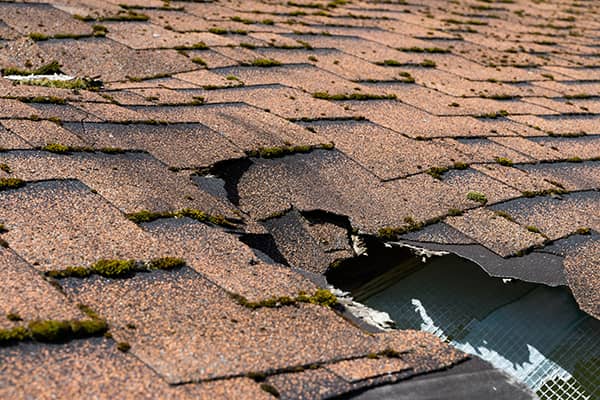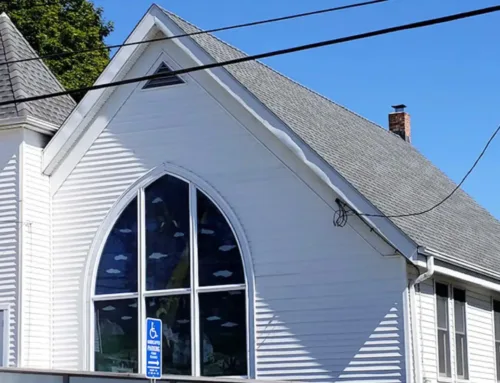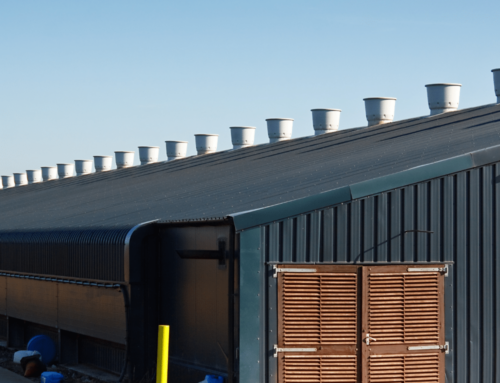When severe weather strikes and your roof sustains damage, navigating the insurance claims process can be a daunting task. Storm damage to your roof can range from minor issues like missing shingles to more severe damage that compromises the integrity of your entire roofing system. To ensure that you receive the necessary coverage for storm damage roof repairs, it’s crucial to understand the insurance claims process and take the appropriate steps. In this blog post, we’ll guide navigating insurance claims for storm damage roof repairs.
Assess the Damage
The first step in the process is to assess the extent of the damage. Conduct a thorough inspection of your roof to identify all areas that have been affected by the storm. Document the damage with photographs and notes, as this visual evidence will be essential when filing your insurance claim.
Review Your Insurance Policy
Before filing a claim, review your insurance policy to understand your coverage and deductible. Pay attention to the specifics related to storm damage and what is required for a successful claim. Familiarize yourself with the terminology and the claims process outlined in your policy.
Contact Your Insurance Company
Notify your insurance company as soon as possible after the storm damage occurs. Provide them with all relevant information, including the date of the storm, the extent of the damage, and your policy number. Ask the insurance company for guidance on the claims process, including any specific forms or documentation they require.
Schedule an Inspection
Your insurance company may send an adjuster to assess the damage and determine the extent of coverage. It’s essential to be present during this inspection to point out all the damage you’ve identified. Share the photos and notes you’ve taken to ensure a thorough evaluation.
Obtain Estimates for Repairs
Once the damage has been assessed, obtain estimates from roofing contractors for the necessary repairs. Ensure that the estimates are detailed and include all materials and labor costs. These estimates will serve as a basis for the insurance claim.
Review the Insurance Settlement
After the inspection, your insurance company will provide you with a settlement offer based on the adjuster’s assessment. Review the settlement carefully to ensure it covers all necessary repairs and materials. If you have any concerns or if you believe the settlement is insufficient, don’t hesitate to communicate with your insurance company to request a reevaluation or clarification.
Choose a Qualified Roofing Contractor
Select a reputable roofing contractor with experience in storm damage repairs. Ensure that the contractor is licensed, insured, and capable of handling the necessary repairs according to local building codes and industry standards. Provide them with the insurance settlement details, so they understand the scope of work required.
Document the Repairs
Throughout the repair process, document the work performed by your chosen roofing contractor. Keep records of materials used, invoices, and any additional costs associated with the repairs. This documentation may be required by your insurance company for reimbursement.
Final Inspection
Once the repairs are completed, request a final inspection from your insurance company to confirm that all necessary work has been done to restore your roof to its pre-storm condition.
Conclusion
Navigating insurance claims for storm damage roof repairs can be complex. Still, with careful documentation, clear communication with your insurance company, and the assistance of a qualified roofing contractor, you can ensure that your roof is repaired properly and that you receive the coverage you deserve. Don’t hesitate to seek professional guidance throughout the process to maximize your chances of a successful claim and a restored roof that provides protection and peace of mind.
Contact JS and R Roofing Waterford, CT today for expert advice on roofing services.









